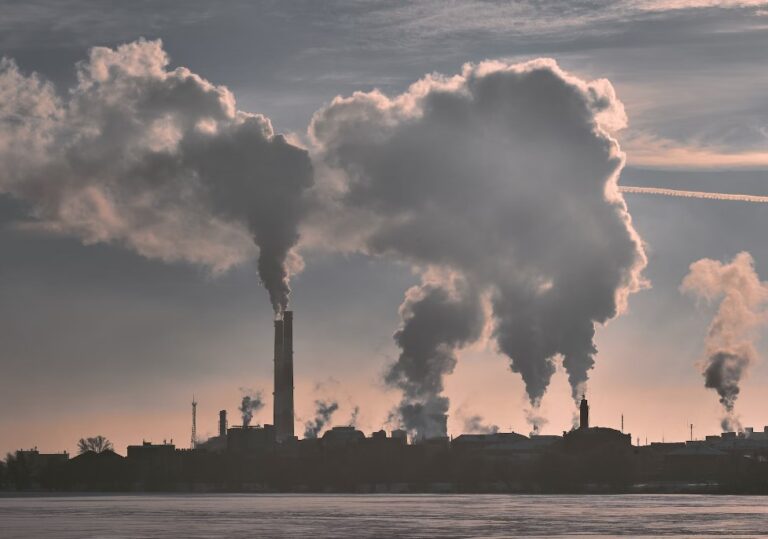The term fine particles immediately raises alarm bells for health. These are very fine particulates, mostly produced by pollution, capable of remaining in the air for a long time and traveling long distances, before ending up in our body. Thanks to their small size, fine particles easily penetrate the lungs and can even reach the heart.
Table of Contents
What are fine particles and where do they come from?
Almost all production and non-production activities are responsible for the emission of fine particles.
- The first cause we think of are cars, which consume fuel, erode the asphalt and abrade the brakes;
- Industrial, construction and mining activities release enormous quantities of particulate matter;
- Agriculture is the main source of ammonium;
- Forest fires facilitate the spread of particulates.
Fine particles are classified based on their diameter in microns. The coarsest are PM10 (where PM stands for particulate matter) and cause irritation to the eyes, nose and throat.
But the most dangerous ones are the fine particles, PM2.5, capable of penetrating deep into our body. Among the most widespread dusts, the World Health Organization (WHO) lists polycyclic aromatic hydrocarbons, ammonium, sulphates, nitrates, carbon, soot and metals such as cadmium, copper and nickel.
Furthermore, dangerous chemical reactions occur in the atmosphere that create secondary particles, such as nitrogen oxide and sulfur dioxide.
The health risks
Numerous studies have demonstrated the correlation between exposure to PM2.5 and the increase in hospitalizations for respiratory and cardiovascular diseases, asthma, chronic bronchitis, lung tumors, diabetes, lower fertility and also problems related to mental health and insufficient weight for birth.
Only 0.001% of people breathe on average less than 5 micrograms/m³ of PM2.5 every year, the threshold which according to WHO indications should never be exceeded.
According to research published in Lancet Planetary Health, Europe and North America have managed to reduce annual PM2.5 concentrations over the past 20 years, but South Asia, Oceania, Latin America and the Caribbean have seen them increase.
Calculated at a global level, over 7 days out of 10 in the study period recorded levels of fine dust above the safety threshold and even 9 days out of 10 in Asia.
According to some analyses, internal air can be up to 5 times more polluted than external air and therefore it is essential to provide correct ventilation of homes, schools or offices, preferably combined with an air purification system. A habit that becomes even more important in developed countries, where it is estimated that on average people spend 90% of their time indoors.
Read also: Due to air pollution, life expectancy drops by 2-3 years












